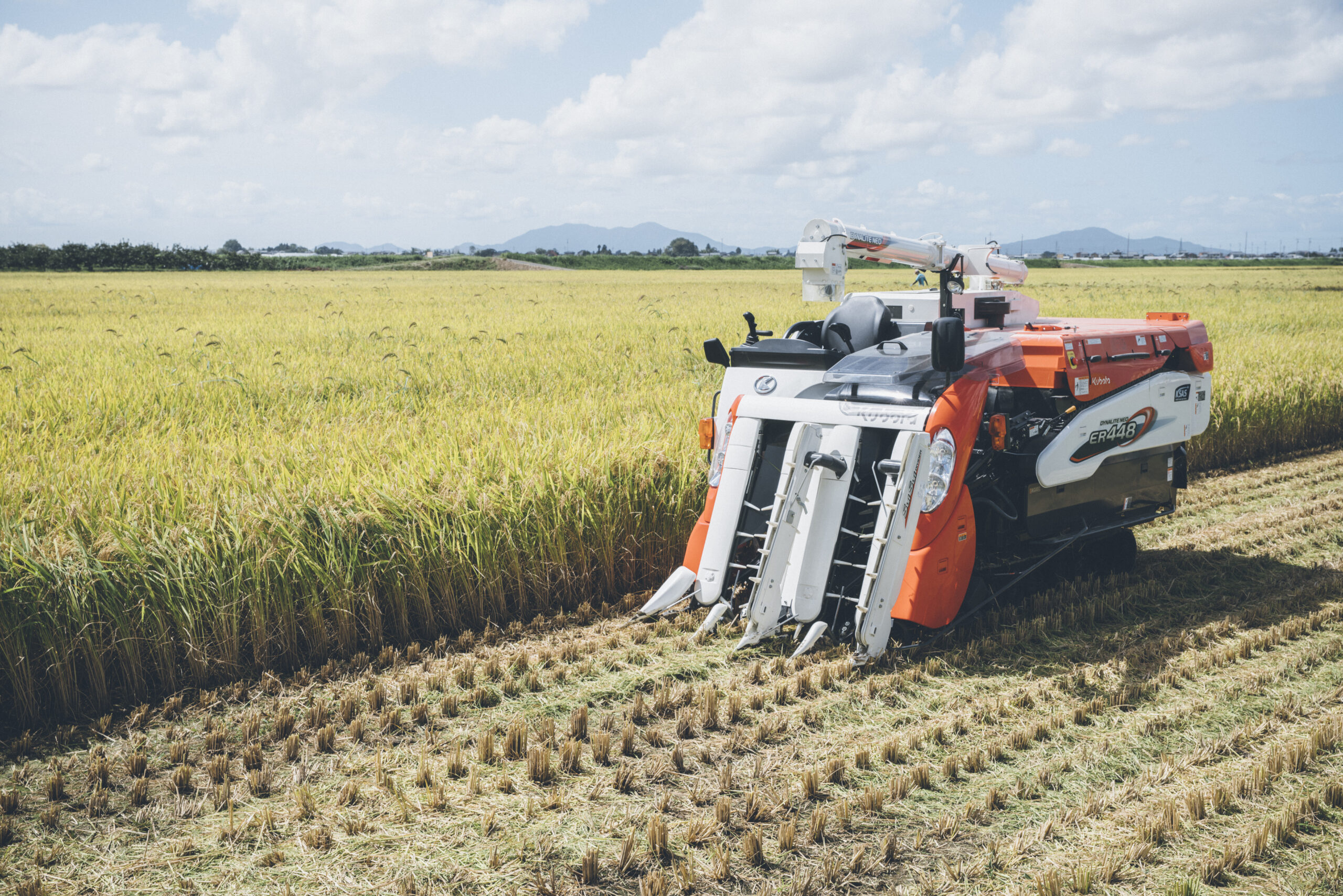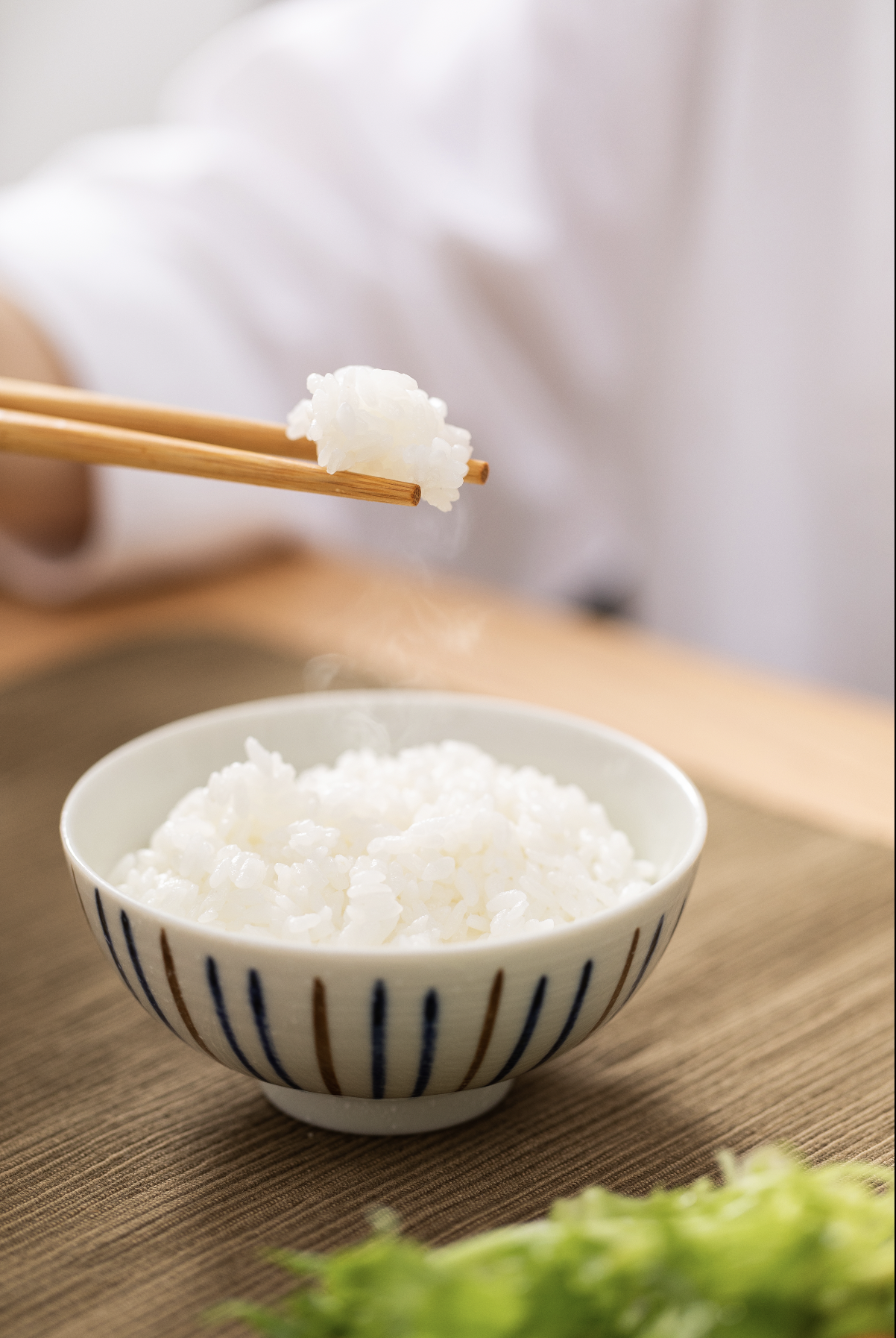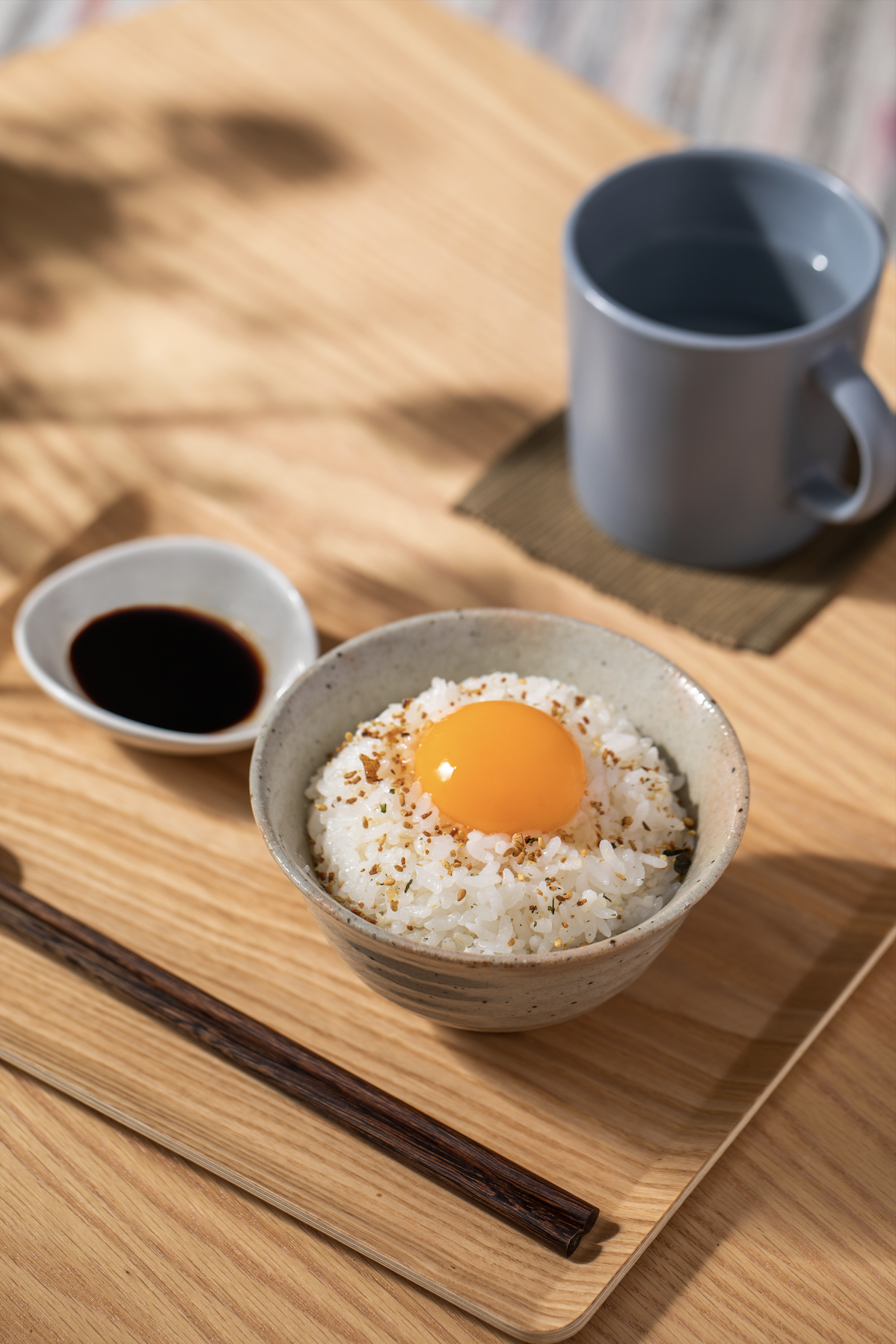The Japanese are fond of assigning days to celebrate all sorts of events and matters, with something for nearly every day of the year. Many of these are food-related. As an essential part of Japanese cuisine, rice is honoured with its own special days.
National organizations, and regional governments have designated the 8th and 18th day of each month, as well as 18 August, as dates to celebrate rice agriculture and food culture in Japan.
All of these anniversaries are associated with the number “8”. This is because the Japanese see the kanji character for rice – 米 – as made up of individual characters for 8 (八) and 10 (十). It is also said that the process of growing rice, from turning over the soil to harvesting, involves “88 folds of labour and time” (八十八の手間); in other words, a complex process over long working hours. Another fun fact: An elderly’s 88th birthday is known as a “rice birthday” (米壽 or beju), named so for an auspicious blessing of longevity. So, we can say that the number 8 is intrinsically associated with rice.

Let’s work together for agriculture!
These remembrance days were established because of the gradual decline of Japan’s rice agriculture industry. According to statistics, the highest average rice consumption on record was in 1962 at about 118 kg per Japanese capita. However, with the change in Japanese diet, the popularity of bread and noodles has slowly grown. Coupled with more households occupied by fewer members in Japan, this has reduced the public’s desire to cook rice, who have shifted to convenient and simple foods, and resulted in a steady decline in rice consumption year after year. In 2019, the yearly average rice consumption dropped to 53 kg per capita, which is below half of the peak figure.


This is why regional governments and agriculture organizations began promoting local rice since the 1970s. Events like the above rice-related commemorative days not only express gratitude to rice farmers, but also aim to instil appreciation for rice in the younger generation, in the hope that more people will choose rice as a staple food and increase overall rice consumption in Japan. Taking a step further, these gestures may even encourage youths to take up rice farming and revive Japanese agriculture.
Moreover, the Japanese government has also developed overseas markets for Japanese rice diligently to sustain the local agricultural industry, and the results have been remarkable. 2021 saw a record-breaking amount of exported Japanese rice at 23,000 tonnes, which increased over 15% from the previous year. Of those, over 8,000 tonnes were exported to Hong Kong, making it the largest importer of Japanese rice*. The next time you bite into an Omusubi, let’s savour the hard work and warm wishes of Japanese farmers in the delicate and soft grains.
*”[Price drops for Japanese rice] Good news for Hongkongers? Japan Explores Exporting Rice at Discounted Price to Push for More Middle Class Consumption” Hong Kong Economic Times, 7 Apr 2022, inews.hket.com/article/3224497/. Accessed 23 Apr 2022.